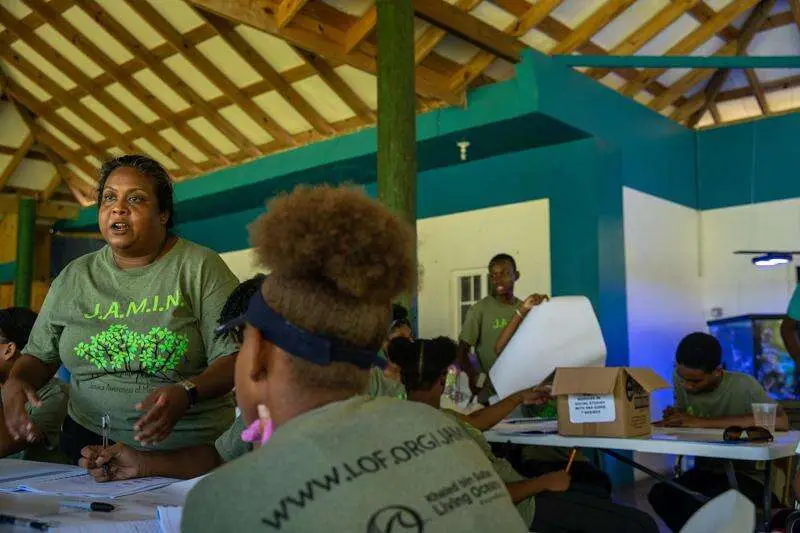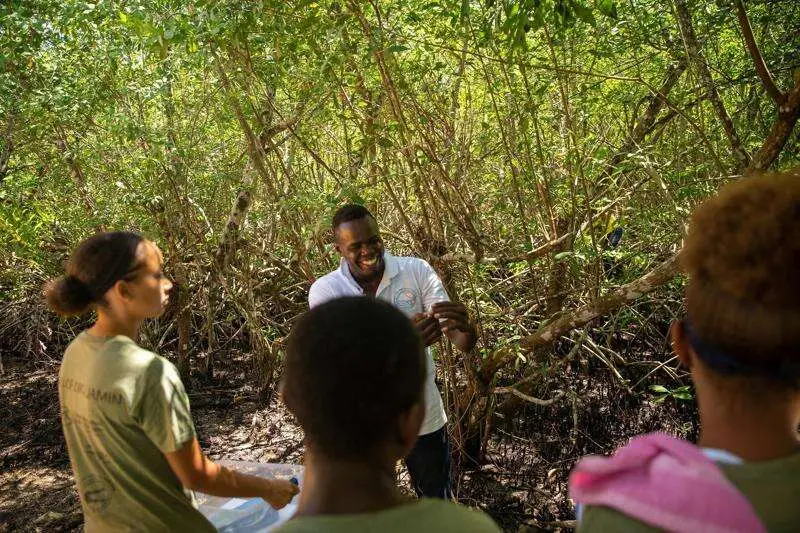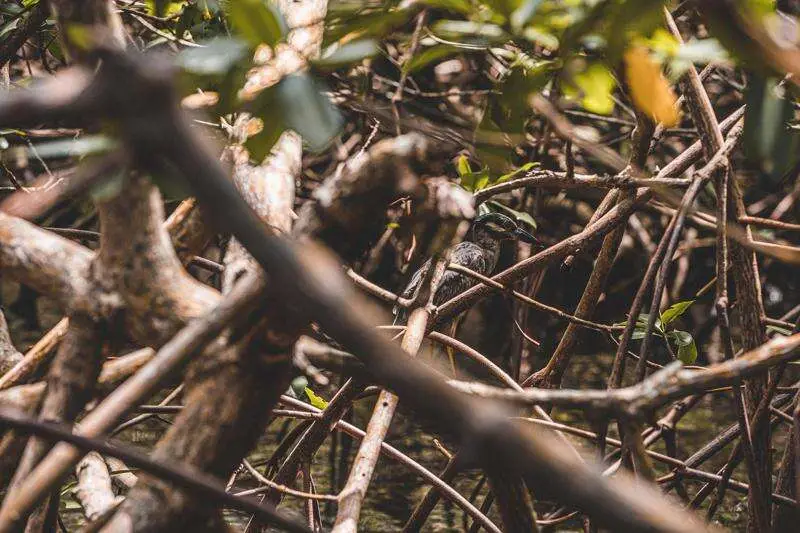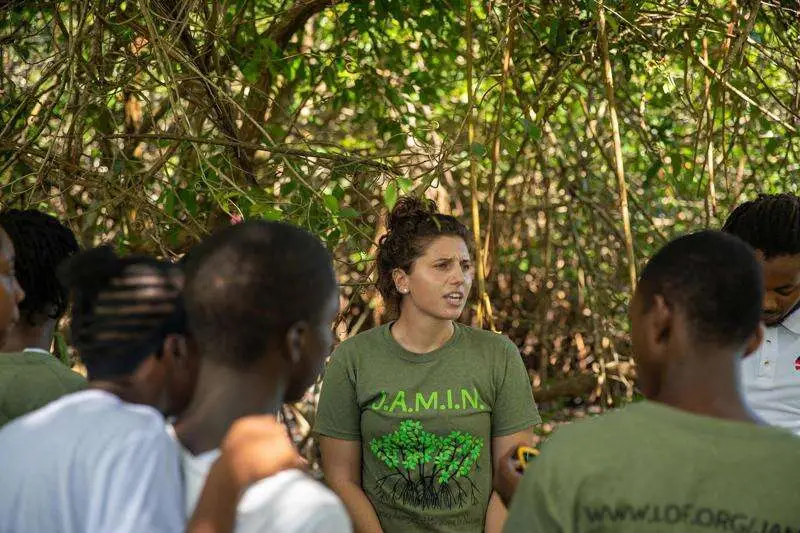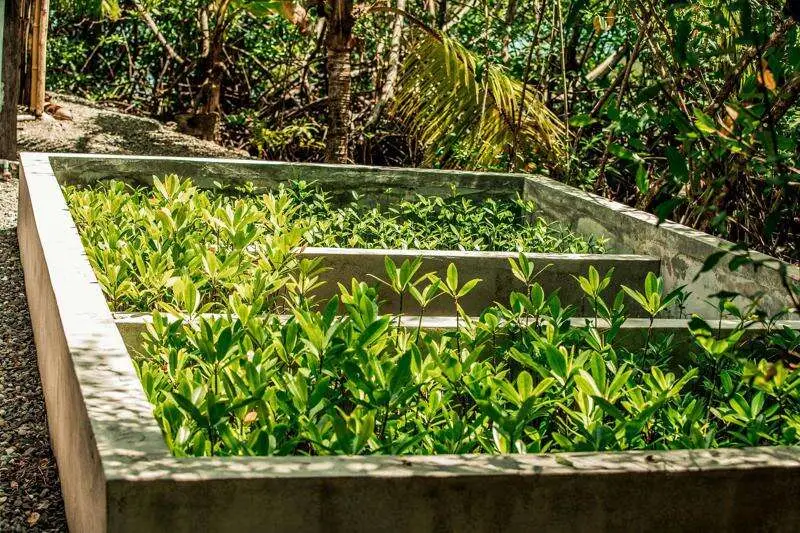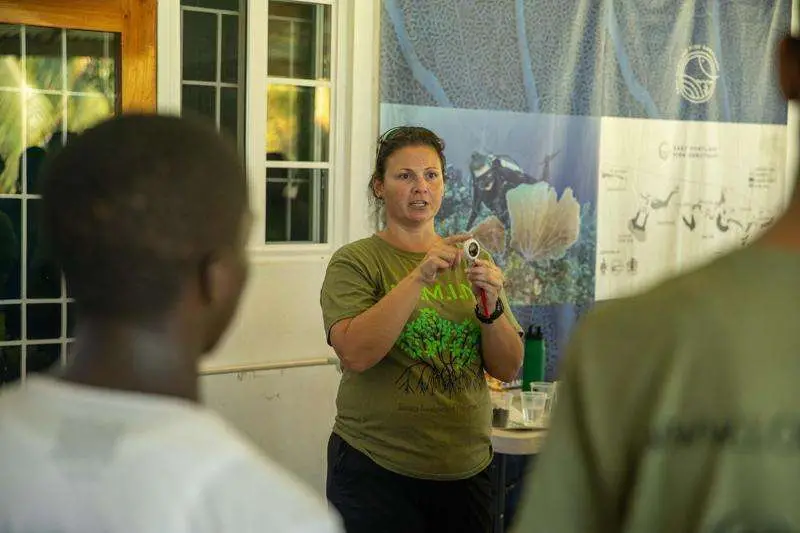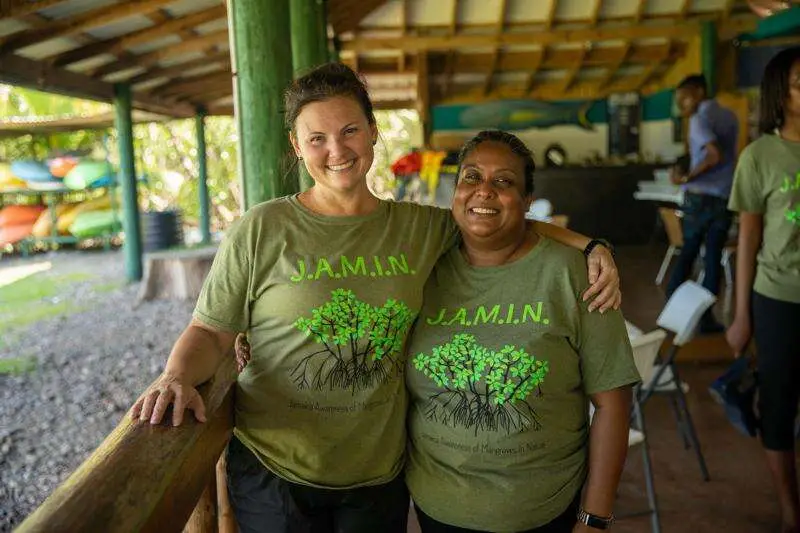
Alligator Head Foundation leading mangrove forest education in Portland
The Alligator Head Foundation in East Portland has moved to redirect the focus of science students in the parish, by swapping aspects of the biology curriculum to give children a better appreciation of forests they’d be more familiar with.
The programme, being done in conjunction
with the Khaled bin Sultan Living Oceans Foundation, sees grade 10 and 11 students
of the sciences from the Port Antonio and Titchfield High schools get up close
and personal with mangrove forests in the area.
The initiative provides a better
understanding of the mangroves’ importance, why they should be protected as
well as the risks they face from pollution, climate change and other environmental/human
threats.
Denise Henry, Research Programme Manager at the Alligator Head Foundation, in an interview with BUZZ said the education programme goes a long way in continuing the conservation effort in east Portland.
Budding marine biologists!
“One thing we wanted to do is get a marine conservation-related programme integrated into the CSEC syllabus. At current, there’s no secondary education about marine conservation, very specifically. What the students learn about in this case is a different type of forest, that’s the temperate forest,” Henry explained.
“So, one of our drives as part of our programme with education is to try and get something integrated into what they’re already doing so that it becomes applicable to them,” she told the BUZZ team.
Close to 85 year two (grade 11) students were recently engaged at the Alligator Head Foundation’s headquarters in Portland – transforming the teens into budding young scientists as they were tasked in collecting pH, dissolved O2 (oxygen), as well as water and soil samples.
Jamaica’s mangroves are worthy of our protection
Henry further explained that year one
students get the basic introduction to mangrove forests, to engender a
foundation to greater appreciate the role of mangroves in Jamaica’s land and
marine ecosystems.
“We teach them what mangroves are, why they’re important, how they’re threatened and how we benefit from the presence of mangroves and mangrove environments. We don’t just look at the trees, we look at the animals, the food webs that are there – a lot of the time, they didn’t realise, we’re in a mangrove,” BUZZ was told.
“In year two we take it a little further, we show them harder science. This is a biology programme, so we’re giving them the opportunity to use scientific equipment,” Henry added.
In phase two of the programme, the students
will kick the science up a notch, swabbing mangrove leaves and preserving
tissue cultures in their classrooms to look at diseases that affect the
mangroves.
“It gives them a wider scope and introduces them to more scientific techniques,” Henry posited.
‘Reaching the youth through education’
“With everything, education is another way of continuing the act of conservation. People need to know why we need to conserve these environments, and we want to get to them in a way that we’re not necessarily adding more to their plate, but this is one way we can replace something [our students] are already learning with something more applicable to them. They drive around and they see these mangroves and that is one of the core functions of the Alligator Head Foundation – reaching the younger generation through education,” she continued.
“Fostering that sense of ownership of this environment, it’s that sense of stewardship that we’re trying to develop right now,” Henry said.
Mangroves are essential
It was a similar sentiment echoed by Director of Education at the Khaled bin Sultan Living Oceans Foundation, Amy Heemsoth, who told BUZZ that the choice of direction from both entities was intentional.
“This is the sixth year of the programme in Jamaica and the second year at Alligator Head,” she began.
“We decided to choose mangroves because it’s a special ocean environment. It connects to coral reefs and seagrasses, and we thought about how to get students involved – to create awareness about the importance of these ecosystems,” Heemsoth told BUZZ.
Heemsoth went further to note that Jamaica, like many countries, unknowingly depends on mangroves, without understanding their natural importance to the environment.
‘Conserve before there’s nothing left’
“Mangroves serve as a nursery for all the fish that will either be taken commercially or by local fishermen. They also provide coastal protection from storms, especially hurricanes; and provide food sources and protection for many of the animals living there,” she indicated.
Throughout Jamaica’s history, mangrove
forests across our beautiful island have been cut down in order to accommodate
larger sandy beach areas and land development.
Mangroves also provide a hardwood that can
be processed into charcoal and sold, making forests vulnerable to illegal
removal for their economic value.
“The thing is, these are trees that are in most these students’, teachers’ and locals’ backyards, and many people don’t know the purpose of a mangrove or what it looks like. We feel though, that it’s very important that people understand their resources as they’re using them, and that’s one of the reasons we’re teaching about it,” Heemsoth told BUZZ.
For the past 5 years, the Khaled bin Sultan Living Oceans Foundation has worked with Jamaican students in Falmouth, Brown’s Town and now Port Antonio to teach them about mangroves and help them restore their local mangrove forest through the Jamaican Awareness of Mangrove in Nature (JAMIN) programme.
